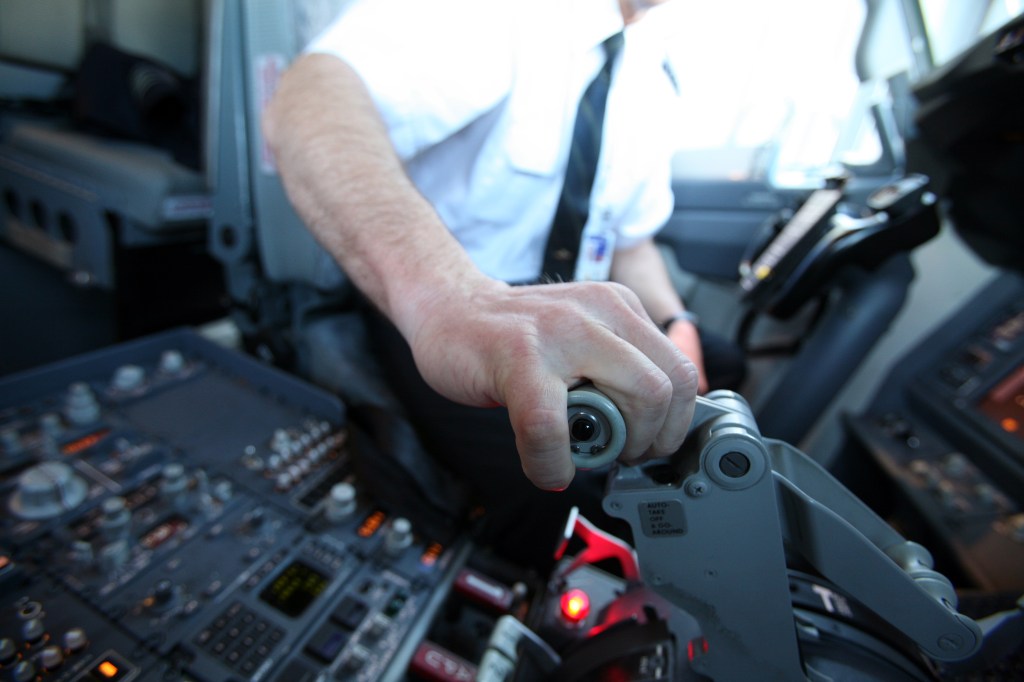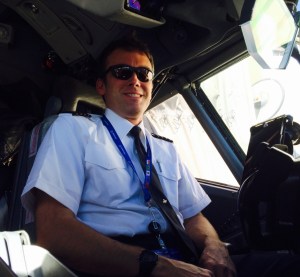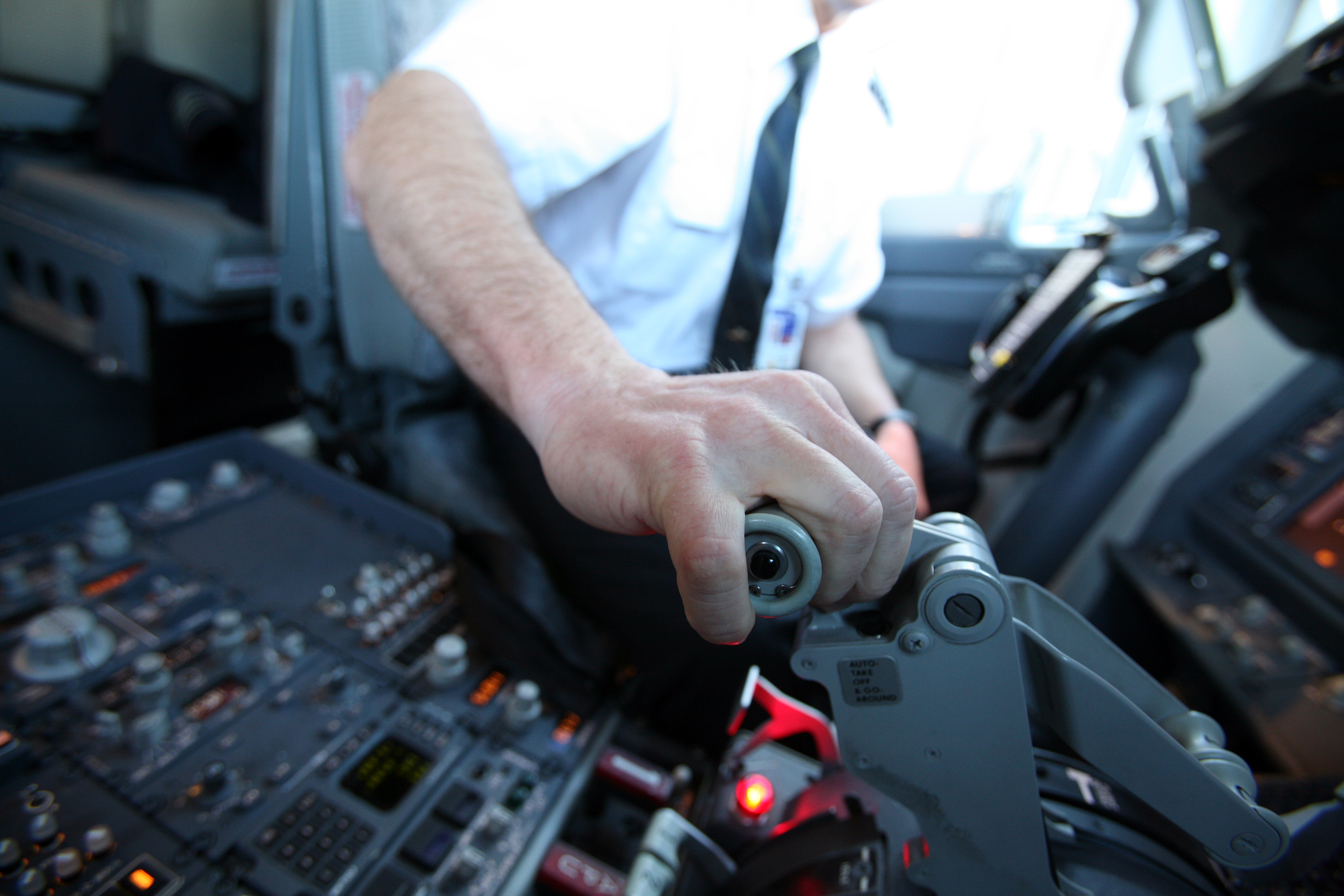Ask an Alaska pilot: how do I become a pilot?
Share

By Doug Branch, Captain, Alaska Airlines
Doug Branch’s interest in aviation began around the same time he could say the word “plane.” Captain Branch has deep roots in the Pacific Northwest, including growing up on Bainbridge Island and learning to fly at Eastern Washington’s Big Bend Community College. After three years flying for a commuter airline in the Midwest, Doug joined Alaska Airlines in 2001.  After 14 years, he has a passion for doing things safely and efficiently and is honored to have the opportunity to educate passengers and to facilitate life’s great memories by getting them safely to where they need to go.
After 14 years, he has a passion for doing things safely and efficiently and is honored to have the opportunity to educate passengers and to facilitate life’s great memories by getting them safely to where they need to go.
In the “Ask an Alaska Pilot” series, he will address common questions he gets from friends, family and travelers. Do you have a question you’ve been wanting to ask a pilot? Let us know in the comments and your question could be featured in a future post.
What was the moment when you knew you wanted to be a pilot?
The earliest recollection I have of wanting to be a pilot was when I was in third grade. From our house it was a bit of a drive to the airport, and going there was a special occasion. We were either going somewhere, or picking someone up and it was exciting. I would ask my parents to leave early so we could sit for a while and watch the planes out of the terminal windows. One thing that I remember like it was yesterday was the smell of the jet exhaust as you got close to the airport. There was always something that amazed me about airplanes and airports, and it seemed from that time I always wanted to fly.
How do I become a pilot?
One of the most important decisions that a prospective pilot will make is where they will learn to fly. There are two primary training routes taken by most prospective pilots: military or civilian.
The U.S. military is an excellent option that many pilots choose to learn how to fly and build incredibly valuable experience. If that is a choice you are considering, it’s a good idea to seek out a mentor who has experience in the military. They can provide guidance and answer questions. Personally, I chose the civilian route and started at a two year college in Washington State. Big Bend Community College in Moses Lake is an exceptional and well-known Federal Aviation Administration-approved aviation college. There are also other colleges and universities around the country that have FAA-approved flight programs. The University of North Dakota and Embry-Riddle Aeronautical University are two good examples.
After completing a 4-year degree, I got my flight instructor certificates and spent several years teaching other pilots how to fly. When you are teaching other people a skill, it strengthens and refines your skills and expands your knowledge base.
After teaching, I spent about a year flying freight around Washington and Oregon. Some of this time was valuable multi-engine time, which helped me to get an interview for my next job at a commuter airline, Great Lakes Airlines. At Great Lakes I was able to build even more valuable multi-engine turboprop time as well as gain experience in airline flying. The experience there was incredible. I flew into busy airports like Chicago O’Hare and Denver International and into mountain airports like Telluride, Colorado. All of this experience enabled me to get an interview and a job flying at Alaska Airlines. It took me about 11 years to go from my first flight in college to my first day at Alaska Airlines.
Now is a great time to become a pilot. Currently there is great demand for qualified, experienced and skilled pilots and that trend is forecast to continue for the foreseeable future. Once you pick the training path that best suits you, stay focused: never stop learning and adding to your experience. Work hard to find someone who is willing to mentor you. Often a mentor can help you to avoid potential career pitfalls and help guide you in becoming a pilot.
Are you a pilot? Horizon Air is currently hiring first officers. Apply online at jobs.alaskaair.com.
More Ask an Alaska Pilot:
What’s your favorite airport to fly into?
